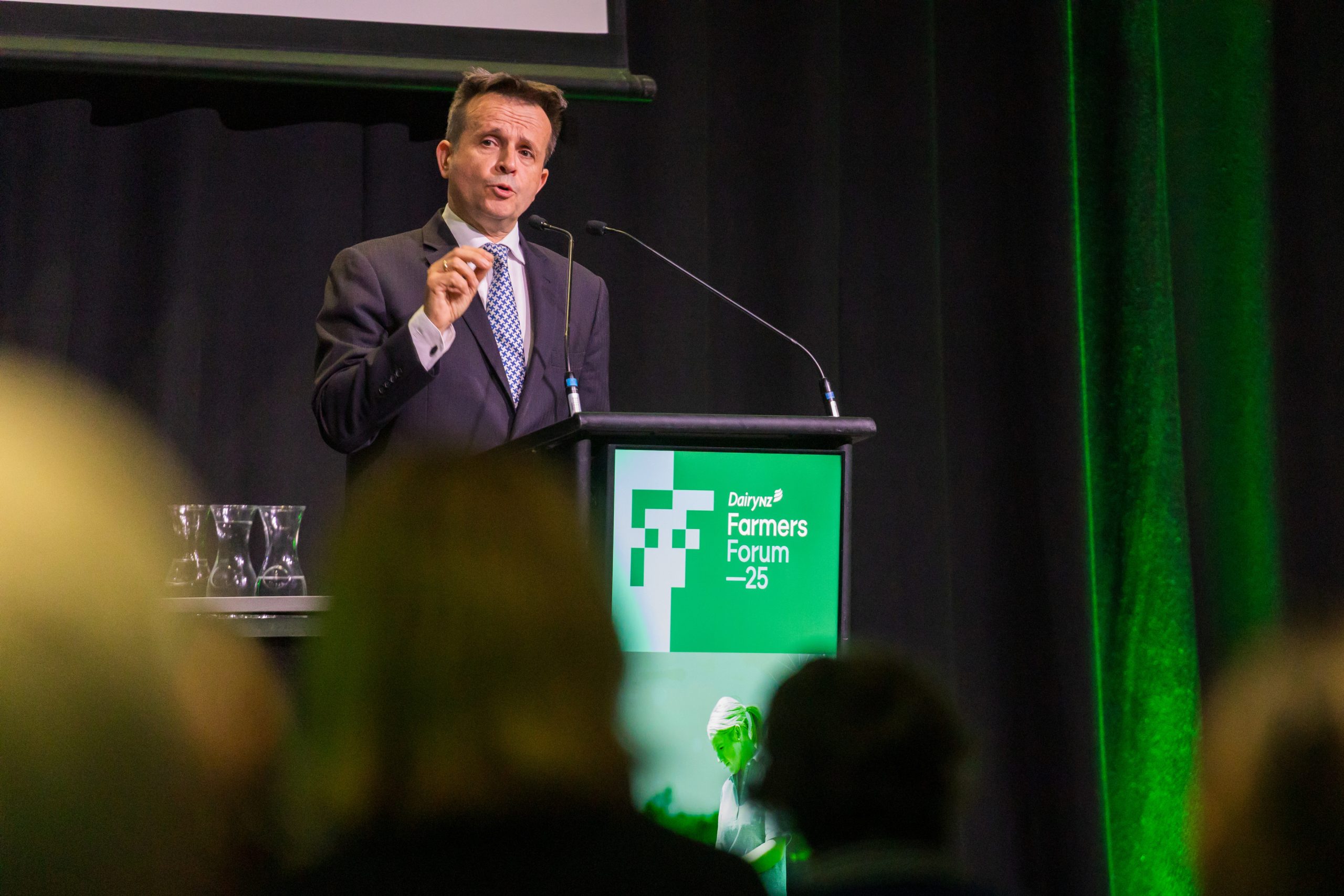By Sheryl Haitana
Land use and drainage management of drained peat soils in the future will need to balance productivity with finding solutions to minimise or stop peat subsidence and carbon loss, Waikato Regional Council (WRC) soil scientist Justin Wyatt says.
The Waikato region has 89,000 hectares of peat soils, with about 80% drained for productive land uses, which is about 40% of New Zealand’s peatland resource.
Drainage has allowed peat soils to contribute to the regional economy, but this results in subsidence and oxidation of the peat and ultimately the loss of the peat resource. Oxidation contributes to greenhouse gas emissions through carbon loss. Subsidence can also adversely affect adjacent infrastructure, such as roads, provision of services and impact on land drainage.
WRC has started a monitoring programme in the region to better understand peat subsidence under different land uses and drainage management.
‘This work will improve our understanding of how existing peat soil
management influences subsidence rates and will also provide information
on how future changes in land management and other factors, such
as climate change, might impact peat subsidence.
“In time, this work will improve our understanding of how existing peat soil management influences subsidence rates and will also provide information on how future changes in land management and other factors, such as climate change, might impact peat subsidence.”
WRC did its first round of data collection over about 11,000ha of peatland in April this year collecting ground surface elevation data from a helicopter using a method called lidar. This work will be repeated in five years, and when combined the two sets of elevation data will be used to calculate peat subsidence during that period.
“Some of our monitoring transects include mineral, non-peat soils to help check the data we are collecting on peat soils. Monitoring locations were selected to ensure surveying covers a representative mix of land uses, peat type, peat depth and drainage types.”
WRC is also continuously monitoring peat surface elevation and water table depth at 11 sites on different land uses on drained peat across the region, including Pouarua Farms.
“While the long-term trend is one of peat subsidence, changes in soil moisture mean that peat surface levels go up and down seasonally, so this monitoring will enable us to time future lidar flights to ensure that ground surface level is at a similar point in the seasonal oscillation cycle.
“It will also help us understand whether there is a difference in subsidence rates among land uses and better understand water table dynamics in drained peat soil.”
While the problem of subsidence has been known for a long time, the loss of soil carbon is now receiving much more attention, Justin says.
“The reality is as long as peat soils are drained they are going to be losing carbon, this contributes significantly to our regional greenhouse gas emissions. However, drained peat soils are now incredibly productive, so it’s a challenge about how those soils are managed in the future.
“Those soils are a significant contributor to our regional economy. It’s quite a wicked problem.”
Future work funded through the Council’s Long-Term Plan (LTP) will look at, the risks of ongoing peat subsidence and carbon loss to the region, what options there are for improving current land uses and drainage management to reduce subsidence and carbon loss, and investigating potential for land use change on peat soils.
“Through existing and planned work, we want to understand the risks of peat subsidence and carbon loss to our community and what we can do about it. Our community farm on drained peatlands, and the Council is involved too through drainage management, so we are all impacted by how we manage these soils,” Justin says.
In the longer-term, NZ will need to think about, and explore all options for the management of these soils. Overseas researchers are investigating; ways to mitigate subsidence and carbon loss, transformational land uses such as paludiculture (the practice of wet agriculture), and the retirement of drained peatlands. It’s important that we learn from overseas research but also do our own and understand what is appropriate for our region, because our peatlands are unique, Justin says.
For dairy farmers, WRC has the good practice guide ‘For Peats Sake’, this is available on the website, but they hope to update that guide as new information becomes available. They also hope to release a recently completed report that reviewed international research on mitigating peat subsidence and carbon loss from drained peatlands.
As an example, the report identified that activities such as reducing cultivation, and where practical decreasing the depth to the water table are likely to reduce subsidence and carbon loss. For dairy farmers who are in the process of doing farm environment plans, it’s difficult for those on peat soils to know what the best solutions are if they want to offset soil emissions.
“A farm that has pockets of peat, these could be retired if that’s appropriate; however, for a farm that is entirely on peat, the options are limited as the emissions from the soil are across the whole farm. You could investigate retiring areas that are poorly drained and low producing or adjacent to existing wetlands.
“More research is needed, as it is not as simply just retiring land, especially in the short term, because raising the water table in some catchments will be challenging, and poor water table management might lead to other greenhouse gases such as methane being produced.”
The key for farmers for now is being aware of peat subsidence and carbon loss, practicing good management, and engaging in research, he says.
“It’s really important farmers and drainage managers are aware of peat subsidence and carbon loss, and that they contribute to research too.”
* WRC has been supported by Manaaki Whenua – Landcare Research, the University of Waikato and the University of Canterbury, and these organisations are involved in their own peat soils related programmes also.





